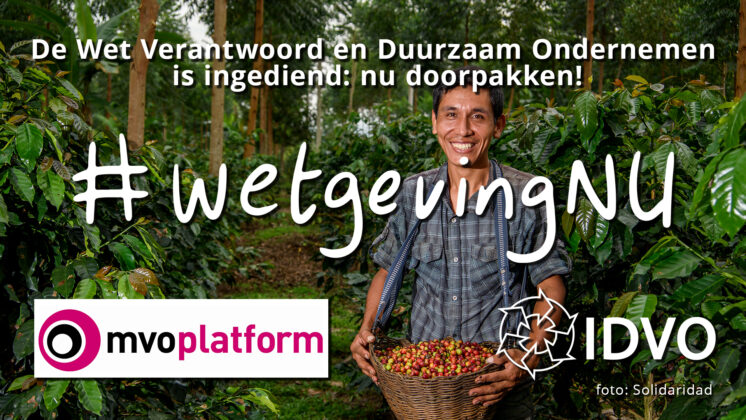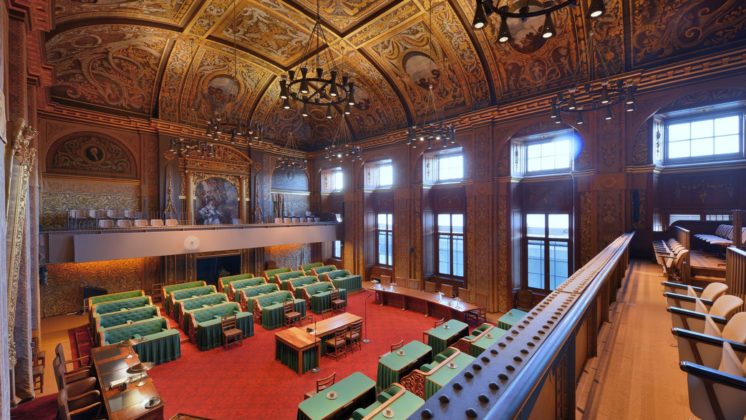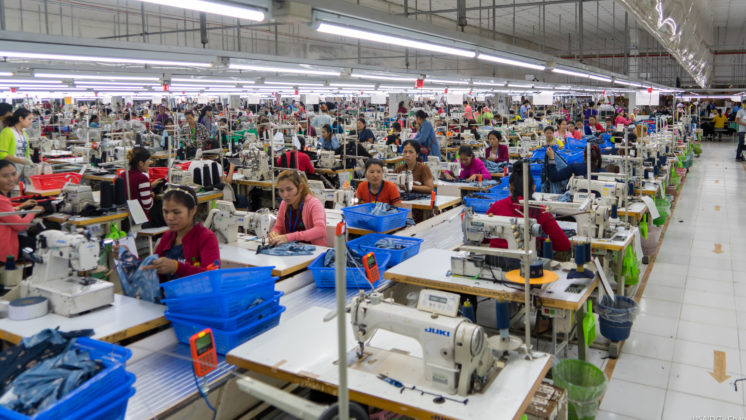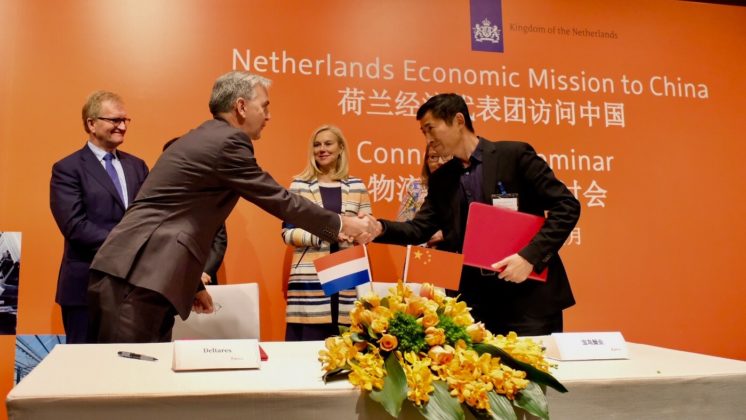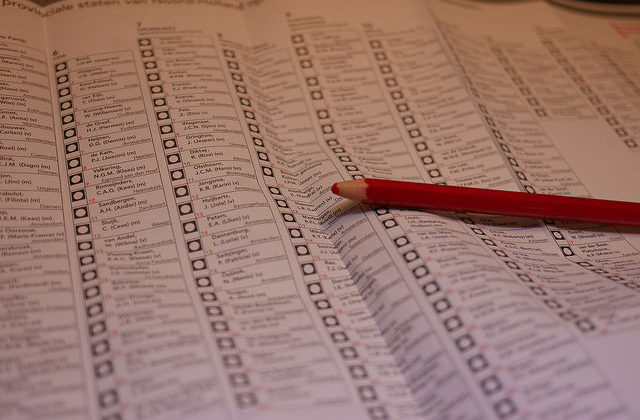When dealing with the issue of human rights abuses related to businesses, we are often faced with the question where the responsibility of the state ends and that of a corporation begins. This dilemma has stimulated a critical debate that, after a long period of preparation, led in 2011 to agreements being made by the international community in the form of the UN Guiding Principles on Business and Human Rights (UNGPs). These guidelines present an outline of the state’s obligations, i.e. the ‘duty to protect’, and of corporate responsibilities, namely the ‘responsibility to respect’. The UNGPs further emphasise the need for victims of human rights abuses to have access to ‘effective remedy’. The challenge now lies in actually implementing the UNGPs.
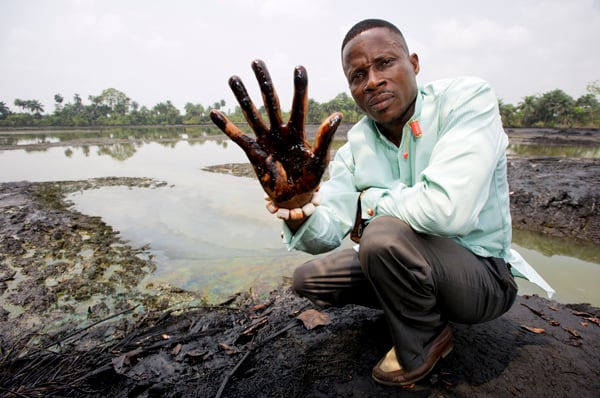
In 2012, the EU called on member states to draft plans that aim to encourage compliance with human rights at an international level. However, EU countries have given little priority to the issue. This was shown by the fact that until December 2013, one year after the deadline defined by the EU, the Netherlands was only the second country to present its National Action Plan (NAP) – giving it and the United Kingdom the misleading title of ‘front runners’ in the international human rights debate.
An ambiguous document
Extensive consultations took place in preparation for the drafting of the Dutch NAP. The document that was presented is partly a report of this discussion process. It also reflects current policy, which was previously announced in other documents and plans. Only a few elements and actions are brand new. If this document is to be considered an ‘action plan’ a number of questions remain unanswered: What period does the plan cover? Since almost all the actions mentioned take place in 2014, will a new plan be drafted for 2015? How is the implementation of the plan going to be monitored and evaluated? Where is the budget for this?
A mixed image
The Netherlands seems to have a good understanding of the goal of the NAP, noting at the start of the document that, “The aim is to prevent companies from abusing human rights either directly or within supply chains”. The UNGPs are also concerned with offering solutions when abuses have already been committed. This issue has only recently been recognised within Dutch policy. The Minister for Foreign Trade and Development Cooperation, Lilianne Ploumen, has acknowledged that this concerns structural problems, and she has commissioned a study to define the sectors that run the highest risk of abuses. She wants to reach an agreement to address these risks with business enterprises that operate in these sectors. This approach is both promising and innovative. Its success, however, depends on the degree to which these agreements are binding, the manner in which they will be monitored, and whether a failure to respect them will entail consequences.
Coherence check?
Unfortunately, the National Action Plan is not as promising in many other respects. For example, the UNGPs call for the alignment of all government policies that affect the private sector, with the goal of preventing abuses. Despite the fact that the action plan mentions many relevant policy fields and lists initiatives that are expected to contribute to attaining the proposed goal , this is not the serious coherence check that the UNGPs call for. The basic question remains as to how to strike a proper balance between human rights and financial and economic interests. The NAP offers no answer to this crucial question. Two clear examples of this are:
Trade and investment agreements
The NAP refers to the possibility of adding chapters or clauses related to sustainability to trade and investment agreements signed by the Dutch government (page 7). In practice, however, this only addresses the human rights obligations of states, not the responsibilities of individual business enterprises. Moreover, these clauses are merely intended to mitigate the negative human rights impacts of the rest of the agreement. The real challenge lies, of course, in transforming the entire agreement in such a way that it contributes in a positive manner to the protection of human rights.
Embassies
The NAP states that Dutch embassies play an important role in raising awareness among companies about the risks of their activities to human rights. While it is likely that some embassies will take on this role, they will have to do it in a context of significant financial cutbacks for embassies, affecting human rights attachés in particular. Furthermore, embassies’ tasks are increasingly more about export promotion. Revealing of this trend is the worrying proposal that embassy personnel receive targets and corresponding bonuses in order to help bring about business deals (i.e. the so-called ‘Danish model’). What will Dutch embassies prioritize – market opportunities or -raising awareness about human rights risks?
Government support
The government has already introduced CSR compliance as a condition for providing financial assistance to international businesses and trade missions. The NAP emphasises this further. The MVO Platform wonders how these conditions will actually be pursued and put into practice. There are important distinctions between criteria for different types of government support, and some criteria are much too limited. It remains unclear exactly what issues will be evaluated within the companies, or in which cases sanctions will be imposed if conditions are not met. This topic definitely calls for policy coherence. The application of CSR conditions must be broadened to include all types of government support. This includes support not only for international business, but also government support that comes from other budget lines (such as innovation), diplomatic support, and state property.
Awareness raising
If we examine the activities that are effectively new in this action plan, we find that the Netherlands mainly wants to focus on training and awareness-raising. This includes training civil servants themselves. The conclusion can be drawn from the NAP itself that this is not merely an unnecessary luxury. The concept of due diligence is certainly explained, but only to later be narrowed down to risk assessment. We have repeatedly observed this in practice, where civil servants and embassies are not sufficiently up to date on what the responsibilities of business enterprises are, such as have been formulated in the UNGP and the revised OECD Guidelines. Due diligence is a core concept, although it is often misunderstood and becomes limited to risk management. The UNGPs explain due diligence as follows: business enterprises actively gauge abuses or the risks of committing them, both within companies themselves and in the supply chain, and then measures are taken to prevent violations being committed and, if violations are committed, these must be mitigated and remediated. Another very common misunderstanding, which occurs among civil servants themselves, is that a company must have sufficient leverage in order to be able to do something about the abuses. The UNGPs have determined that having too little leverage is no excuse for not taking action; if a company has little leverage, efforts must be made to increase it.
Knowing and showing
The press release through which the Netherlands launched the NAP is entitled ‘Knowing and Showing’. This slogan summarises what the UNGPs expect from companies in the field of transparency: to know the risks, to take measures, and to be open about the topic. The fact that this slogan is used raises the expectation that the Netherlands will actively encourage this type of corporate transparency. References are made to the Transparency Benchmark, the future European Regulation for Non-Financial Reporting and the Corporate Governance Code. However, among other limitations, the due diligence principle has not yet found its way into these transparency initiatives. The real challenge is that CSR reporting should not only concern CSR policy, but also the way in which a company affects the supply chain and society, both positively and negatively. Unfortunately, the NAP does not contain a single initiative in this regard.
Victims
The weakest part of this plan is by far the access to remedy for victims of business-related abuse. The fact is that, despite all the preventive measures taken, (serious) abuses still occur, and they require the creation of avenues that victims can follow to seek remedy. The Netherlands is wagering on dispute mediation and grievance contact points outside the judicial domain. The NCP- with which by no means everyone is “reasonably satisfied”, as the document mentions- will be authorised to carry out sector-wide investigations in the future, in “very serious situations”. Nonetheless, this does not tackle the limitations of the NCP, since mediation is not always possible. For mediation to occur, both parties have to be open to it, and this is not often the case. Victims must also be able to follow the judicial path. But the Netherlands does not want to get involved with judicial measures that go in the direction of rectifying the immense inequality (in terms of information, legal expertise and financial means) between victims- who are often miserably poor, and large business groups. It is disappointing that the Netherlands takes a pre-eminently defensive stance on this issue and is guided by all kinds of objections, especially when it comes to the options for “legislation with extraterritorial application”. Reasonable alternatives definitely exist, such as the ones presented recently in the worldwide study on victims’ access to justice and remedy. It is clear that the Netherlands is more concerned about the possible setbacks on the private sector, than with the access to justice by victims of human rights abuses.
Photo on the right: Eric Dooh shows the crude oil that has contaminated the banks of the creek running through his village of Goi (Ogoniland). 17 January 2013. Photographer: Marten van Dijl. CC BY-NC-SA 2.0
